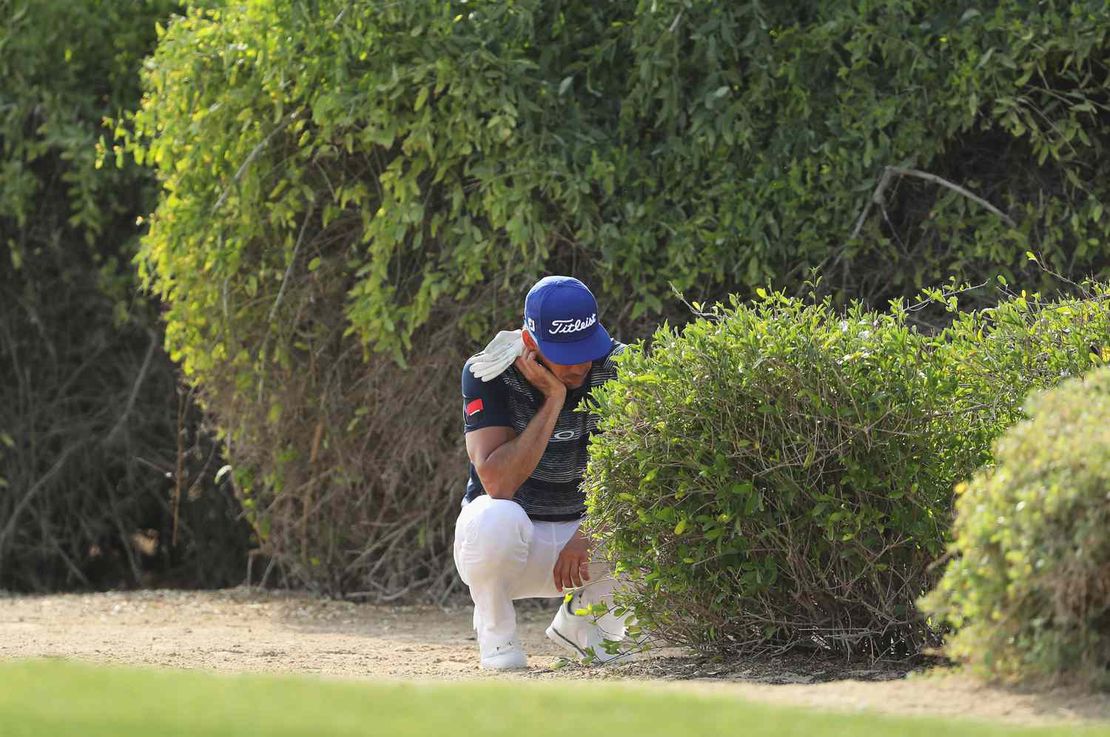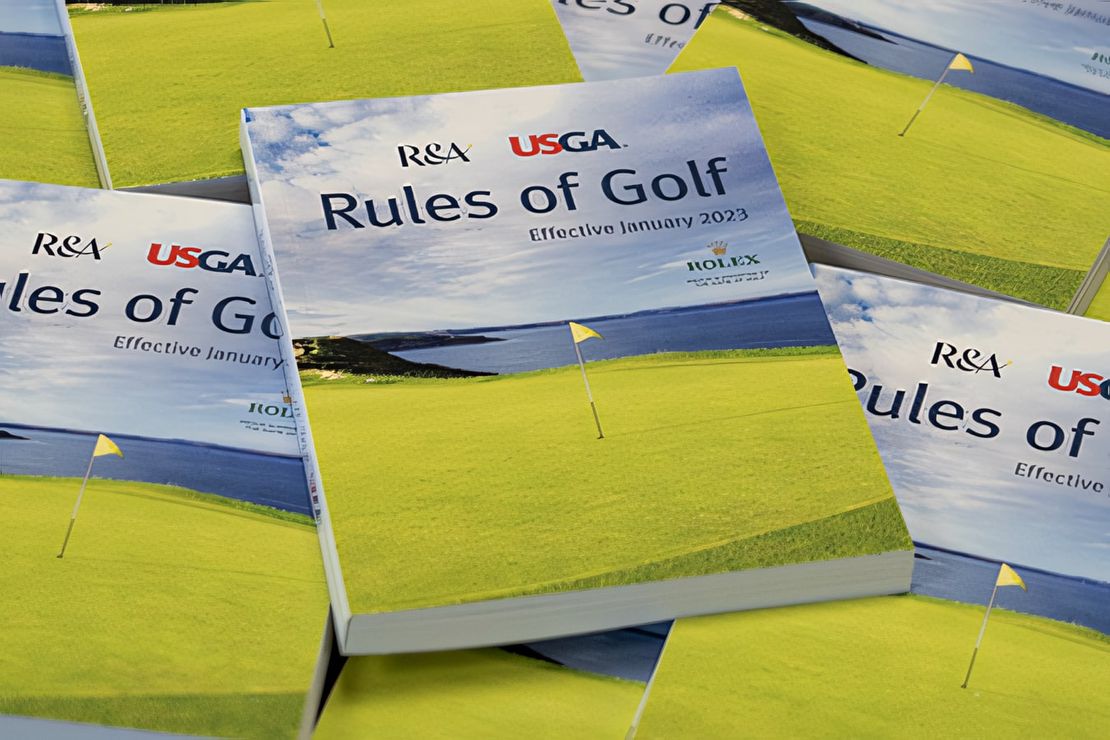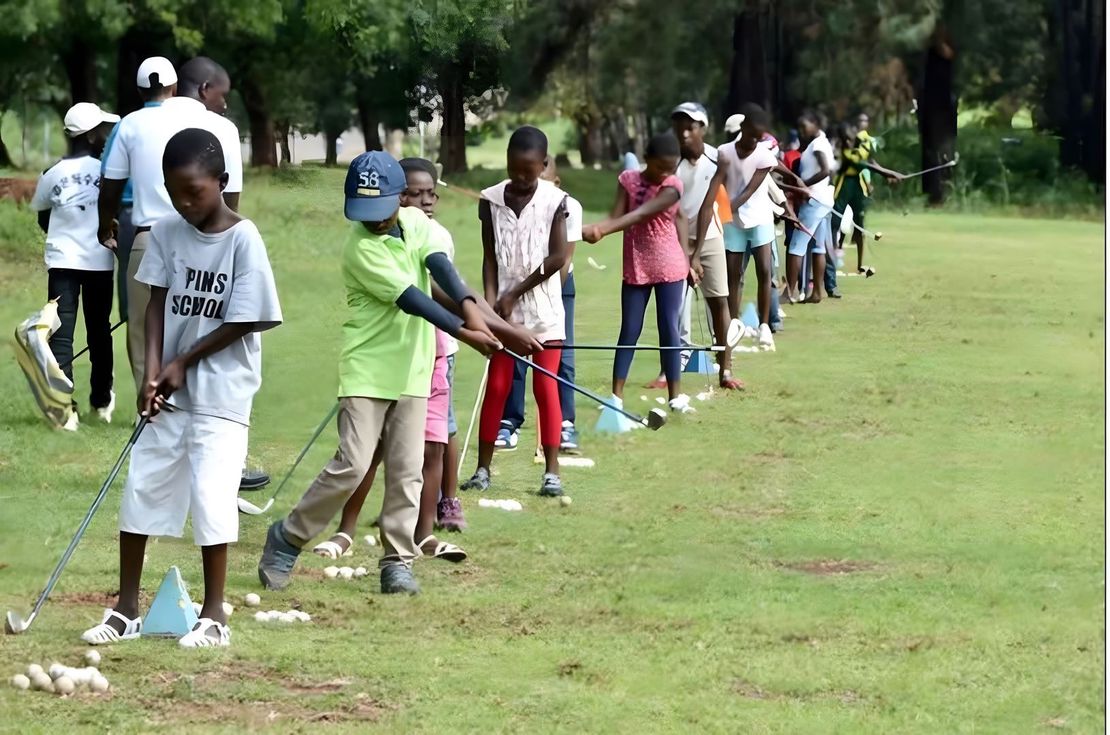
Understanding Golf Rules: Taking Relief for an Unplayable Ball
- John Whitaker
- Golf , Rules
- June 17, 2024
Table of Contents
Introduction
Hello, fellow golfers! I’m John Whitaker, a retired golf coach from the beautiful landscapes of Scotland. With over 40 years of experience in the greens, my passion for this sport runs deep. Throughout my career, I’ve dedicated myself to teaching and preserving the timeless traditions of golf, helping players of all levels improve their skills and understand the intricacies of the game’s rules. Rest assured, my extensive experience and knowledge will be used to provide the information I will share.
Today, I’m excited to unveil a game-changing strategy in golf that has the potential to revolutionize your performance on the course: the art of taking relief from an unplayable ball. This skill, once mastered, can be your secret weapon, saving you valuable strokes and empowering you to confidently navigate even the most challenging situations on the course. In this post, we’ll delve into the intricacies of unplayable ball relief, explore the various options available, and discuss strategic insights that can take your game to new heights.
So, let’s tee off on this journey better to understand one of the fundamental rules of golf and ensure you’re always prepared to handle those tricky lies easily.
Why This Video?
To help you better understand how to handle unplayable balls, I’ve embedded a detailed video from the United States Golf Association (USGA) above. Visual aids can be incredibly helpful in grasping the nuances of golf rules, and this video breaks down the relief options with practical examples.
Watching this video will allow you to experience real-life scenarios of unplayable ball situations and learn how to effectively use the relief options available. Whether you’re a beginner looking to learn the basics or an experienced player seeking a refresher, this video will enhance your knowledge and confidence on the course.
What is an Unplayable Ball?
An unplayable ball is a situation that every golfer, from beginners to pros, will inevitably face. It’s when your ball is in a position where you’re either unable to play it as it lies or it’s simply impractical to do so. Picture this: your ball is entangled in thick rough, wedged in a tree, or in any other challenging lie that makes it a near-impossible task to hit effectively.
In the video above, we discuss that unplayable ball relief can be taken anywhere on the course except in a penalty area. The penalty area rule specifically governs those situations. Understanding when and how to declare your ball unplayable is crucial, as it can help you avoid unnecessary penalties and challenging shots.
Essential points covered in the video include:
- Recognizing situations where the ball is unplayable.
- Knowing that relief cannot be taken if the ball is in a penalty area.
- When to consider taking relief to save strokes and avoid complications.
By immersing yourself in these scenarios and the associated rules, you can make more strategic decisions on the course, ultimately leading to a more impressive overall performance. Remember, understanding the rules isn’t just about avoiding penalties; it’s about leveraging them to your advantage, and the concept of unplayable ball relief is a prime example of this.
Relief Options for Unplayable Balls
In golf, when you determine that your ball is unplayable, the rules offer you three primary options for relief. Each option comes with a one-stroke penalty, and choosing the best one is essential based on your situation. The video from the USGA embedded above provides a detailed demonstration of these options, making it easier to visualize and understand how to apply them during your game.
Option 1: Stroke and Distance
The first option is to return to the spot where you last played your ball and play it again. This is known as a stroke and distance relief. It can be helpful if you believe you can achieve a better result by replaying the shot from a more favourable location.
Option 2: Back on the Line
The second option involves imagining a straight line from the hole through the location of your ball. You can then drop your ball anywhere on that line, going back as far as you like. Your ball can roll up to one club length in any direction from where it first strikes the course, including forward. This option provides flexibility in finding a suitable spot to continue your play.
Option 3: Within Two Club Lengths
The third option allows you to drop your ball within two club lengths of its current position, not closer to the hole. This is particularly useful when you need only a tiny adjustment to find a playable lie.
Each relief option offers different strategic advantages, and the USGA video explains when and why you might choose one over the others.
By understanding and practising these options, you can make more informed decisions during your rounds, potentially saving strokes and improving your overall game performance. Watch the USGA video for a visual guide to these relief options and see how they can be applied in various scenarios on the course.
Special Considerations in a Bunker
Dealing with an unplayable ball in a bunker can be particularly challenging. The rules for relief in this situation are slightly different, but several options are available to help you manage the problem effectively. The United States Golf Association (USGA) video provides a clear visual guide to these options.
Same Three Relief Options
When your ball is in a bunker, you still have the same three relief options available, but with one key restriction: the ball must remain in the bunker if you choose either the back on the line or the within two club lengths option.
Stroke and Distance: You can return to the spot of your previous stroke outside the bunker and play again from there. This might be a good choice if you feel more confident playing from outside the bunker, even though it comes with the same one-stroke penalty.
Back on the Line: This involves imagining a line from the hole through the ball and dropping it on that line within the bunker. This option allows you to move back as far as you need within the bunker, providing a better lie or angle for your next shot.
Within Two Club Lengths: You can drop the ball within two club lengths of its current position, not near the hole but within the bunker. This can help if you only need a slight adjustment to find a playable lie.
Additional Option: Extra Penalty Stroke
If your ball is unplayable in a bunker and you decide to get out of it entirely, there is an additional option available. This comes with a higher penalty but can be a strategic choice in difficult situations.
- Back on the Line (Outside the Bunker): You can take the ball back on the line as far as you like outside the bunker, incurring a two-stroke penalty. This option might be beneficial if the bunker presents a particularly tough challenge and you believe taking the extra penalty is worth avoiding a potentially disastrous shot from the bunker.
Understanding these options can significantly impact your strategy and confidence when facing an unplayable bunker ball. The USGA video above demonstrates these scenarios, helping you visualize the best course of action.
By mastering these rules, you can turn a potentially difficult situation into an opportunity to make a wise, strategic decision that could save you strokes. Watch the USGA video for a detailed explanation and visual examples of taking relief from unplayable balls in bunkers.
Strategic Insights
Taking relief for an unplayable ball can be a game-changer, offering you the chance to make smarter decisions and improve your overall performance. Here are some strategic insights to keep in mind:
- Properly using the relief options can help you avoid high scores by taking a penalty stroke in exchange for a more manageable lie.
- The different relief options allow you to approach difficult situations in a flexible way, choosing the best option based on your specific circumstances.
- Understanding and applying the rules for unplayable ball relief can enhance your course management skills, making you a more strategic and thoughtful player.
- In bunkers, knowing the additional relief option of taking a two-stroke penalty to get out can sometimes be the best choice to avoid further complications.
These insights can help you navigate the course more effectively and make more informed decisions, ultimately leading to a better and more enjoyable golfing experience. Be sure to practice these rules and consider how they fit into your overall game strategy.
Conclusion
Recap the key points of taking relief from an unplayable ball and emphasize the importance of understanding these rules to improve your game. Encourage readers to watch the USGA video for further clarification and to see the rules in action.
By mastering the unplayable ball relief options and integrating these strategies into your play, you can handle tricky situations with confidence and precision. Happy golfing, and may your rounds be both enjoyable and successful!
- Taking relief for an unplayable ball can save you strokes by avoiding difficult shots.
- It provides flexibility to choose a more favorable lie for your next shot.
- Understanding the relief options helps you navigate challenging situations effectively.
- Stroke and Distance: Go back to the spot where you last played the ball.
- Back on the Line: Drop the ball on a straight line from the hole through the ball’s position, going back as far as needed.
- Within Two Club Lengths: Drop the ball within two club lengths of its current position, not closer to the hole.
- Yes, the same three relief options apply within a bunker.
- Additionally, you can take relief outside the bunker by going back on the line with a two-stroke penalty.
- The ball must remain in the bunker if using the back on the line or within two club lengths options.
- Each relief option comes with a one-stroke penalty.
- The exception is taking relief outside the bunker, which incurs a two-stroke penalty.
- When your ball is in a position where it is impossible or impractical to play.
- Situations like thick rough, trees, or other challenging lies where a penalty stroke is worth the relief.


